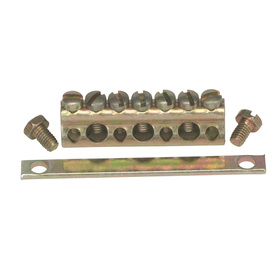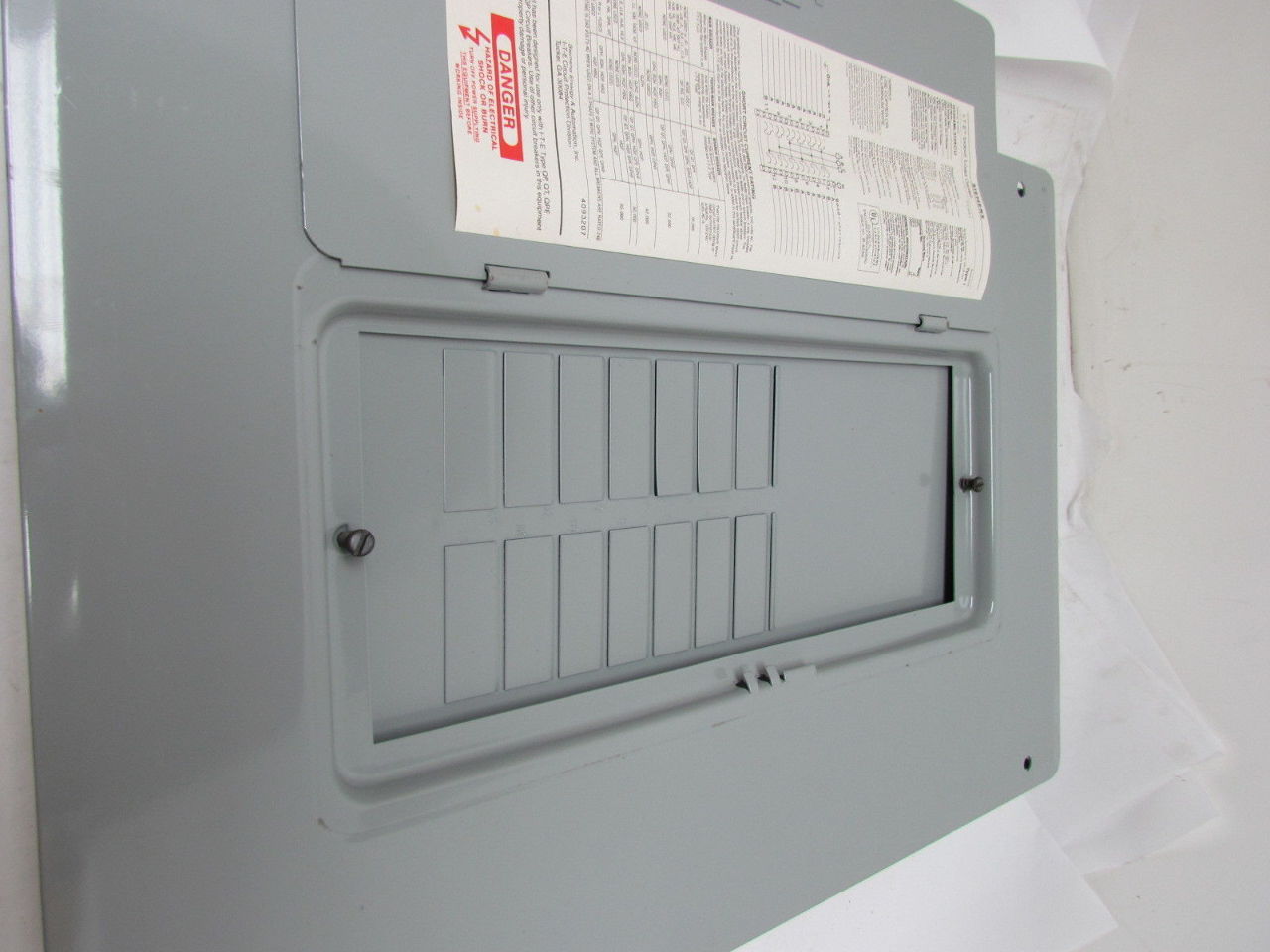Hello all, this is my first post. I appreciate any feedback/help you can give.
I have a 5500 watt element so I decided to wire up a GFCI protected circuit to protect myself in the unlikely event something goes wrong.
I purchased Twist lock receptacles as well as all the wiring. I purchased 10 gauge wire.
My question is about the wiring of the GFCI.
I had an electrician friend that came over to assist in my setup since I am not as familiar with 240 as I am 120.
We hooked up a junction box with the 3 prong receptacle.
In the main Circuit Panel we mounted the 30 amp GFCI breaker. Hooked up the 2 hots. My friend advised hooking up the ground to the load nuetral on the GFCI to detect if something is shorting to ground. When we flipped the circuit on it immediatly tripped.
He suggested I may need an isolated ground receptacle so the GFCI breaker doesn't trip. I hooked up the isolated ground receptacle and indeed it doesn't trip the breaker.
My question: Is this safe. My gut instinct tells me No.
My solution would be to Replace the isolated ground receptacle with the original standard 3 prong recetacle. At the GFCI I was going to just hook up the 2 hots with the pigtail connected to the neutral bar. The grounding wire could then be attached to ground.
In looking up the wiring diagram of the GFCI it looks as though the neutral is not even required in a 2 pole setup.
Does this thinking sound accurate to everyone? Or what am I missing.
I am assuming putting the ground in the load neutral of the GFCI is not the correct way to do it. He was a licensed electrician years back so I try not to question him when he tells me it will work that way which is why I am on here now getting some tertiary opinions.
Thanks all. I look forward to helping when I can.
I have a 5500 watt element so I decided to wire up a GFCI protected circuit to protect myself in the unlikely event something goes wrong.
I purchased Twist lock receptacles as well as all the wiring. I purchased 10 gauge wire.
My question is about the wiring of the GFCI.
I had an electrician friend that came over to assist in my setup since I am not as familiar with 240 as I am 120.
We hooked up a junction box with the 3 prong receptacle.
In the main Circuit Panel we mounted the 30 amp GFCI breaker. Hooked up the 2 hots. My friend advised hooking up the ground to the load nuetral on the GFCI to detect if something is shorting to ground. When we flipped the circuit on it immediatly tripped.
He suggested I may need an isolated ground receptacle so the GFCI breaker doesn't trip. I hooked up the isolated ground receptacle and indeed it doesn't trip the breaker.
My question: Is this safe. My gut instinct tells me No.
My solution would be to Replace the isolated ground receptacle with the original standard 3 prong recetacle. At the GFCI I was going to just hook up the 2 hots with the pigtail connected to the neutral bar. The grounding wire could then be attached to ground.
In looking up the wiring diagram of the GFCI it looks as though the neutral is not even required in a 2 pole setup.
Does this thinking sound accurate to everyone? Or what am I missing.
I am assuming putting the ground in the load neutral of the GFCI is not the correct way to do it. He was a licensed electrician years back so I try not to question him when he tells me it will work that way which is why I am on here now getting some tertiary opinions.
Thanks all. I look forward to helping when I can.








